Ankle Competitions (1930-1953): When Women’s Beauty Was Judged By Ankles
In the mid-20th century, beauty standards for women focused on some surprising features. One trend that seems strange today was the fascination with women’s ankles.
Considered a symbol of modest allure, ankles were a focus in various competitions that judged a woman’s attractiveness solely on this body part. From the 1930s to the 1950s, “pretty ankle contests” became a popular part of beauty competitions, especially in Britain.
Take a moment to explore how beauty standards have evolved over time!
The rise of ankle competitions
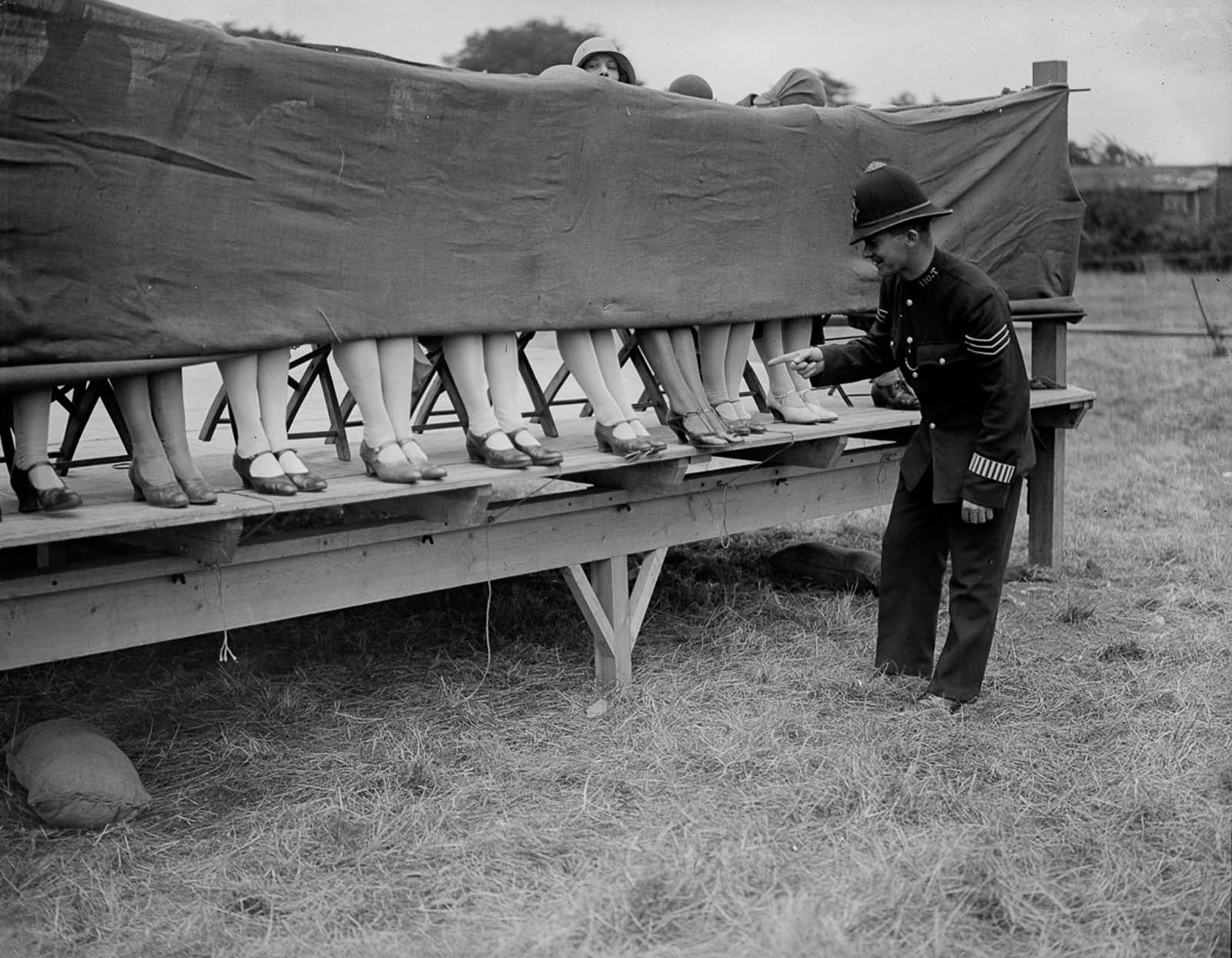
Ankle competitions emerged as a subcategory of beauty contests in the early 1900s. These competitions were designed to focus solely on the attractiveness of a woman’s ankles.
Contestants would stand behind a curtain, concealing their upper bodies, while judges—often policemen or clerks—scrutinized their legs from the knee down.
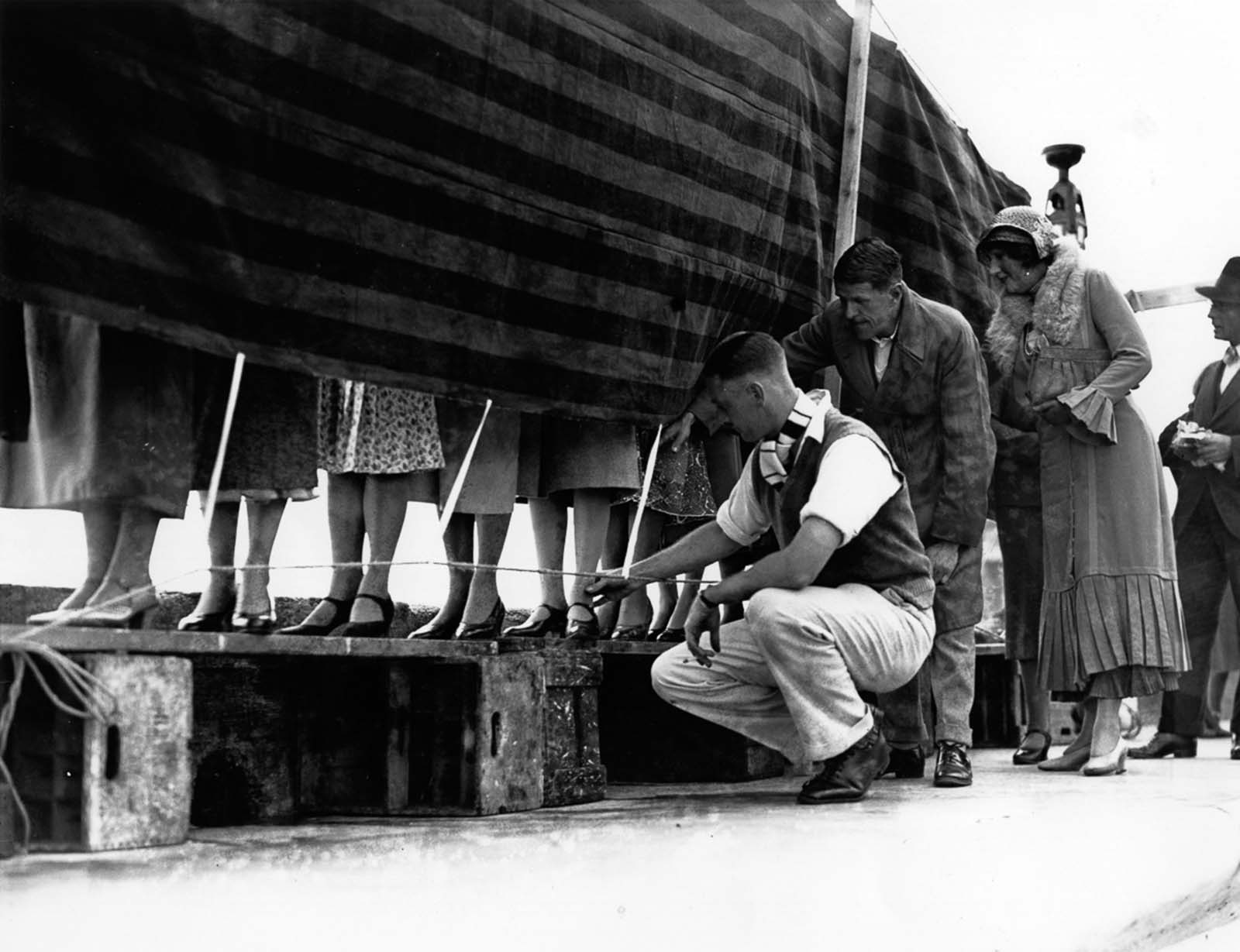
As shocking as it sounds, such contests were a popular form of entertainment at events, carnivals, and even department store meetings.
Why the Ankle? During the early 20th century, women’s fashion underwent significant changes. Hemlines began to rise, revealing more of the leg than ever before. Ankles, previously hidden by long skirts, became a focus of attention, as they were seen as modest yet subtly alluring.
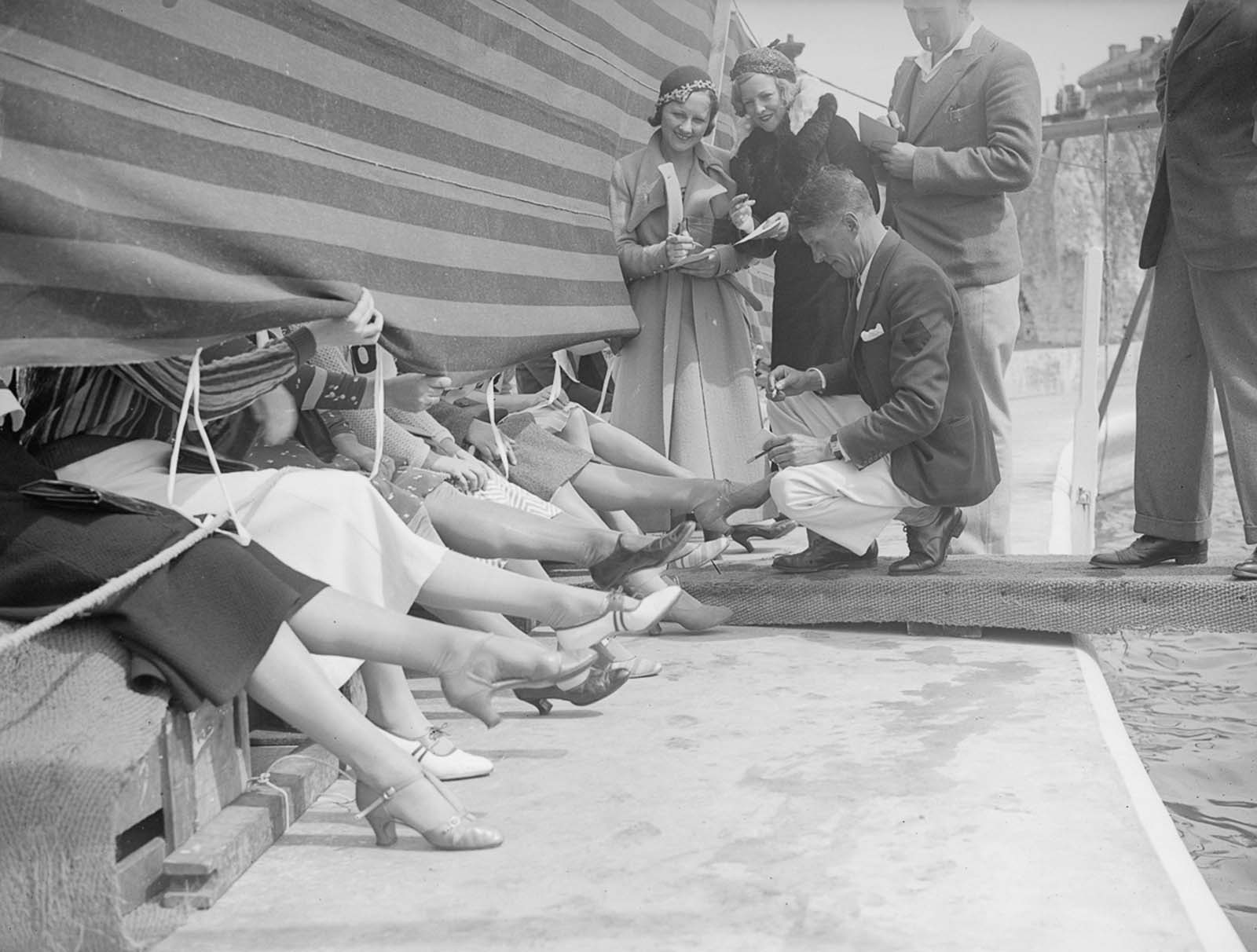
In fact, as early as the 1770s, personal ads described “shapely ankles” as desirable, though this preference didn’t become mainstream until the 1900s. With more of the body exposed, the ankle became an easily visible feature for judges to assess.
The curtain trick

To help participants feel more comfortable, especially older women, many ankle competitions used a curtain to hide the upper bodies of the contestants.
The focus remained solely on the legs as judges inspected the women’s ankles, clad in stockings and shoes.
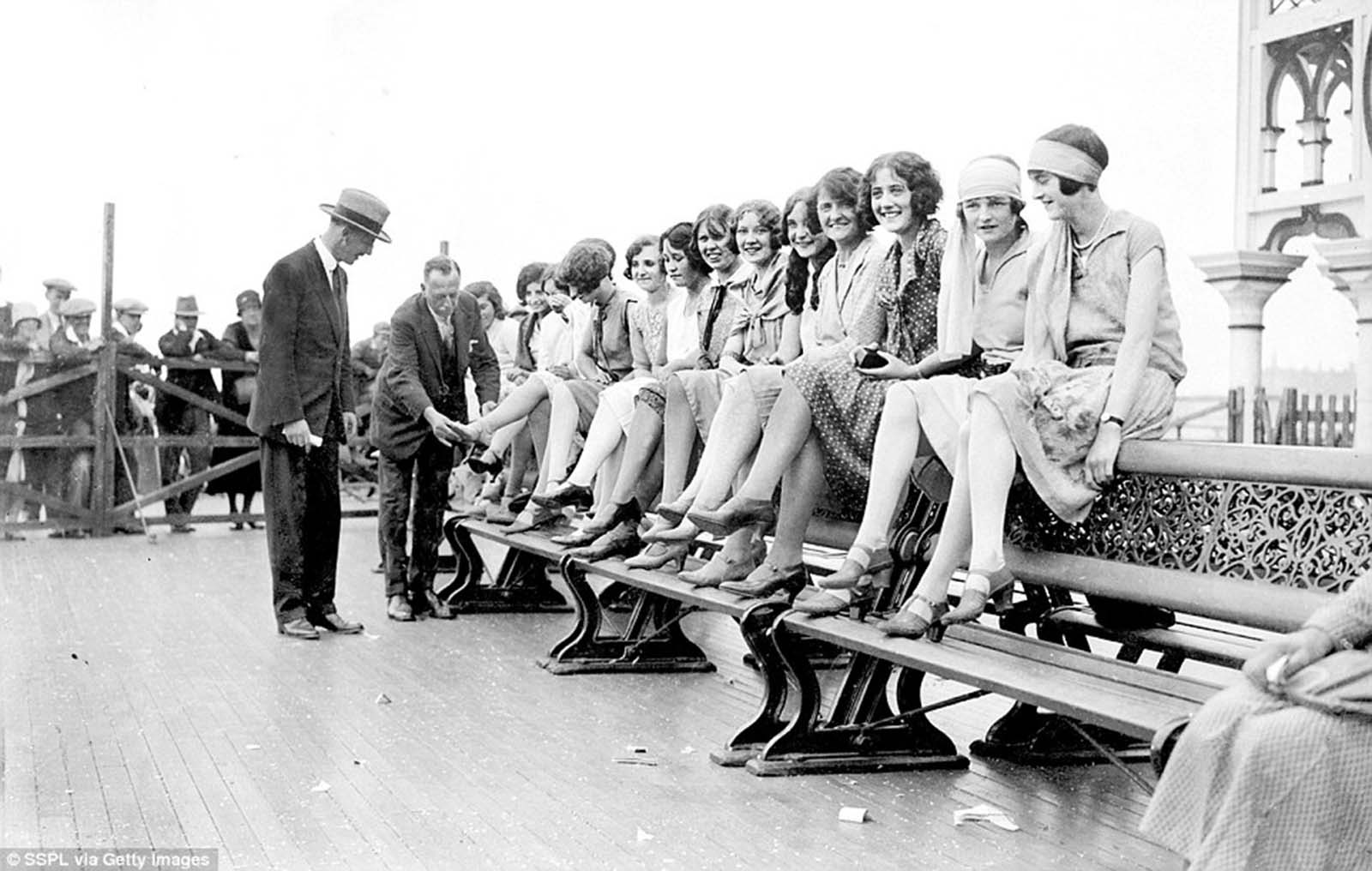
A 1927 newspaper even encouraged older women to join, saying they had “as much chance as their daughters” of winning.
This focus on the ankle allowed for a more level playing field, as the spotlight was taken off the rest of the body and placed on this one specific area.
Judges and sponsorships
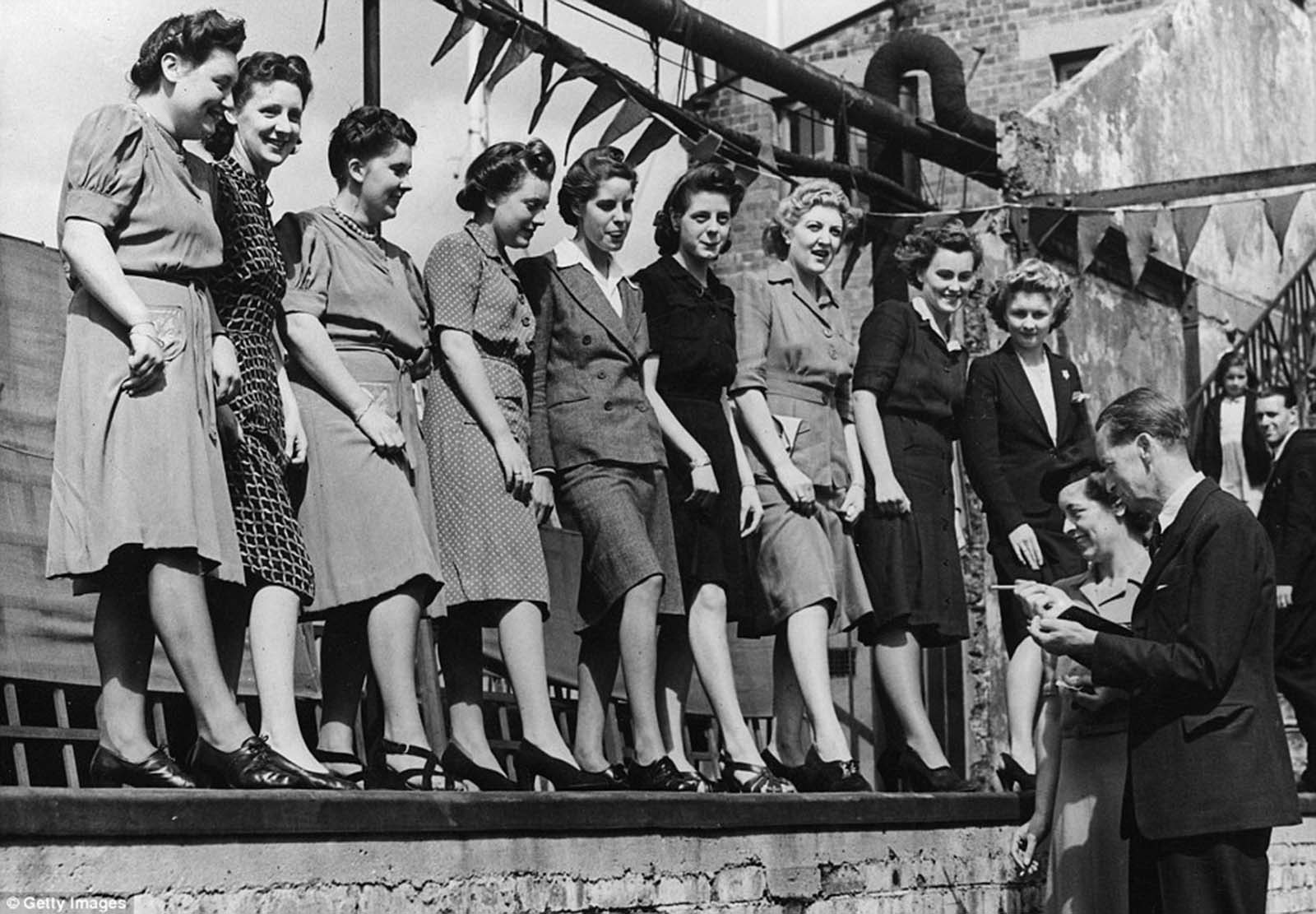
The judges at these ankle contests were often local figures, like policemen or clerks, who were seen as fair and impartial.
A policeman was the official judge in one well-known competition in 1930 in Hounslow, London. By the 1940s, hosiery companies started sponsoring these events, offering free stockings as prizes to the winners.
For these companies, ankle competitions were a great way to promote their products and attract attention.
The obsession with ankles
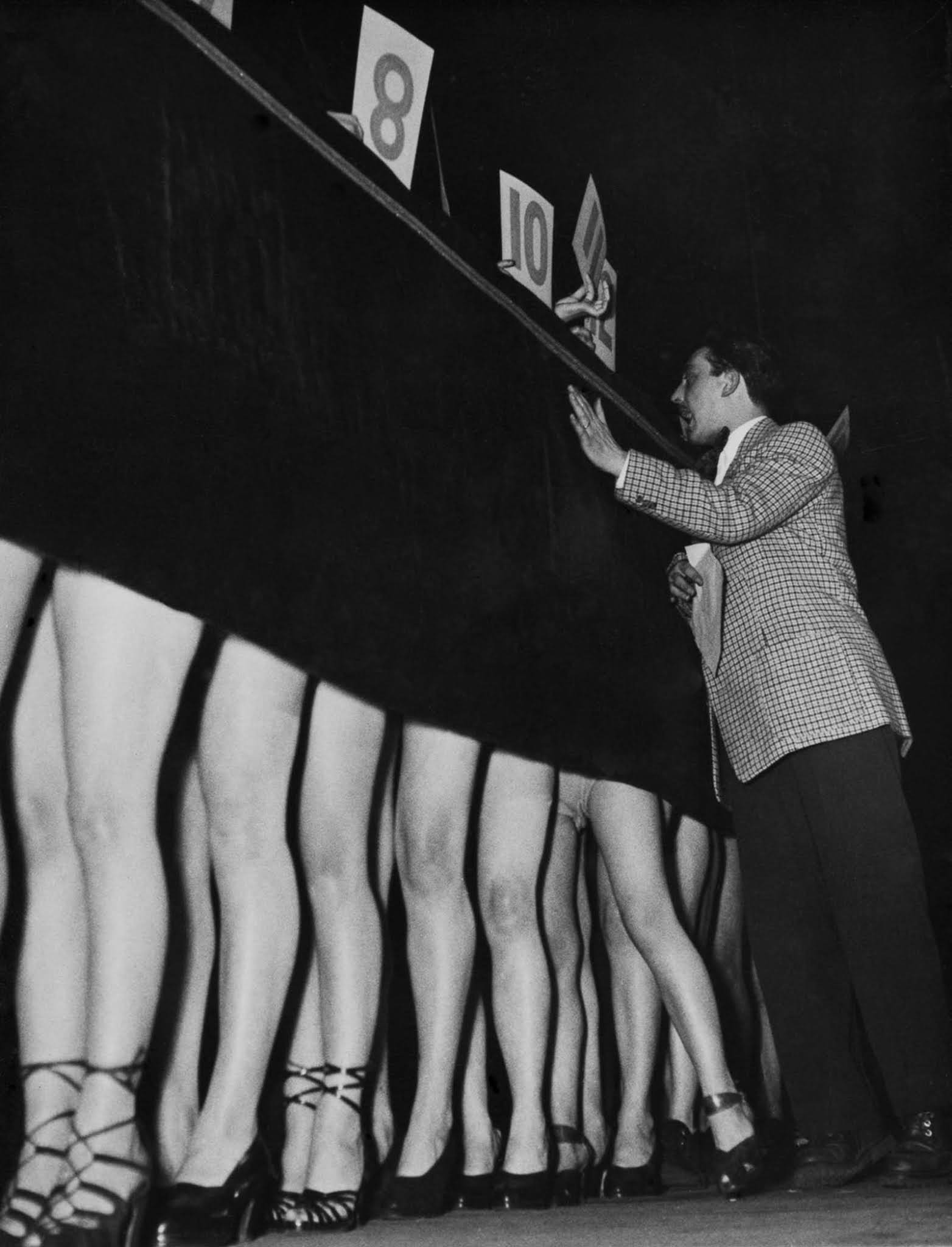
The fascination with women’s ankles wasn’t just limited to Britain. Contests featuring the “prettiest ankles” or “most beautiful legs” were also popular in Paris and other parts of Europe.
By the 1950s, the focus began to shift toward the entire leg, with competitions such as the “Most Beautiful Legs of Paris” in 1950 or the legs of beauty contestants hanging over the wing of a BOAC Comet airplane in 1953.
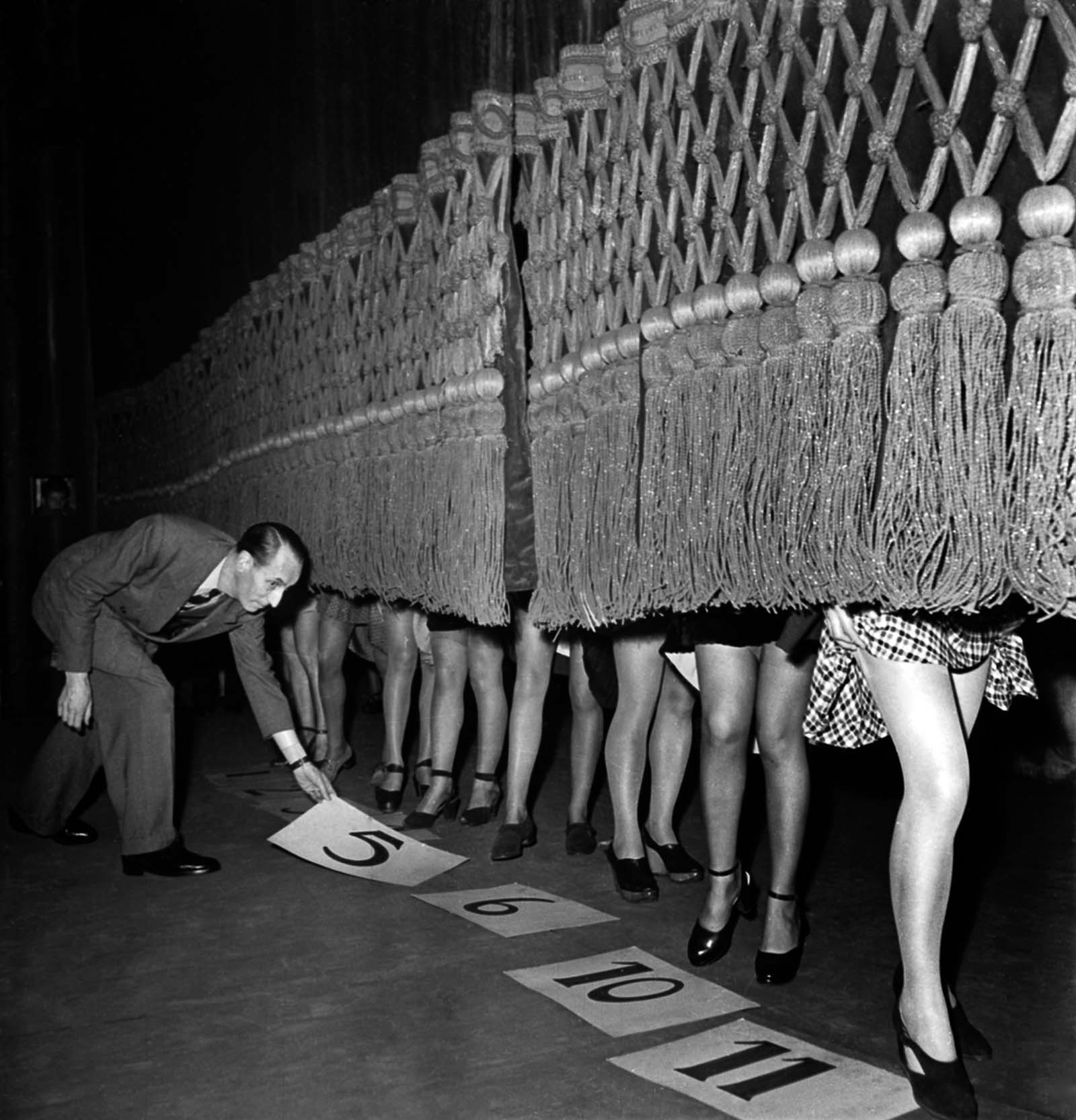
But why the obsession with these specific body parts? As fashion evolved, so did the segmentation of women’s bodies in beauty standards. Ankles, legs, shoulders, and arms all became targets of judgment, reflecting the cultural fascination with female beauty.
The decline of ankle competitions
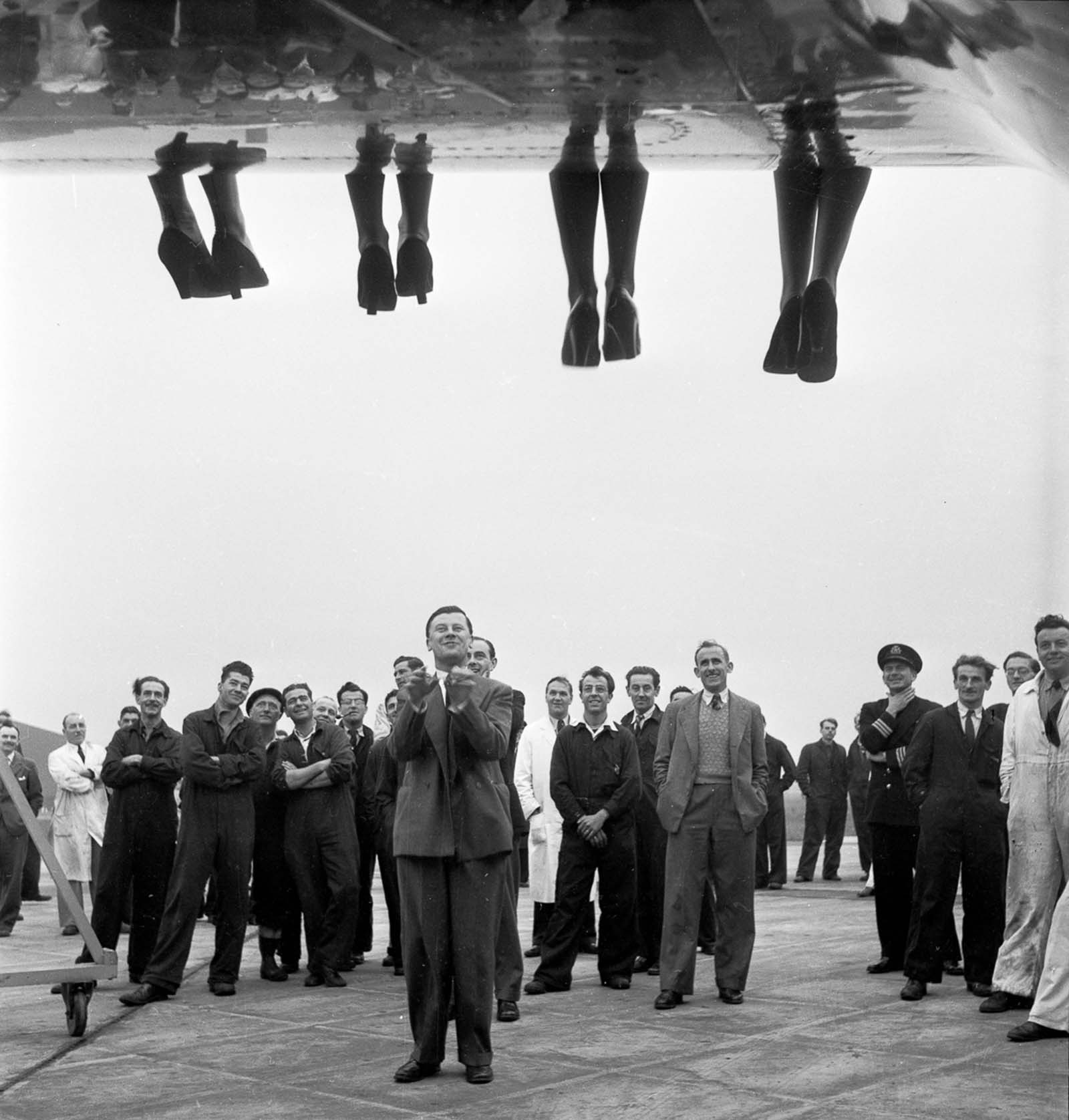
As fashion moved into the 1960s, hemlines rose dramatically, especially with the rise of the miniskirt. With so much more of the body visible, the allure of the ankle as a focal point in beauty competitions diminished.
The fascination with this specific part of the body gave way to broader beauty standards, and ankle competitions fell out of favor.
The cultural shift during this time, with more relaxed views on beauty and a growing emphasis on personal expression, made the rigid judging of specific body parts seem outdated.
As societal norms around women’s fashion and independence evolved, so too did the contests that once celebrated small, segmented aspects of female beauty.

